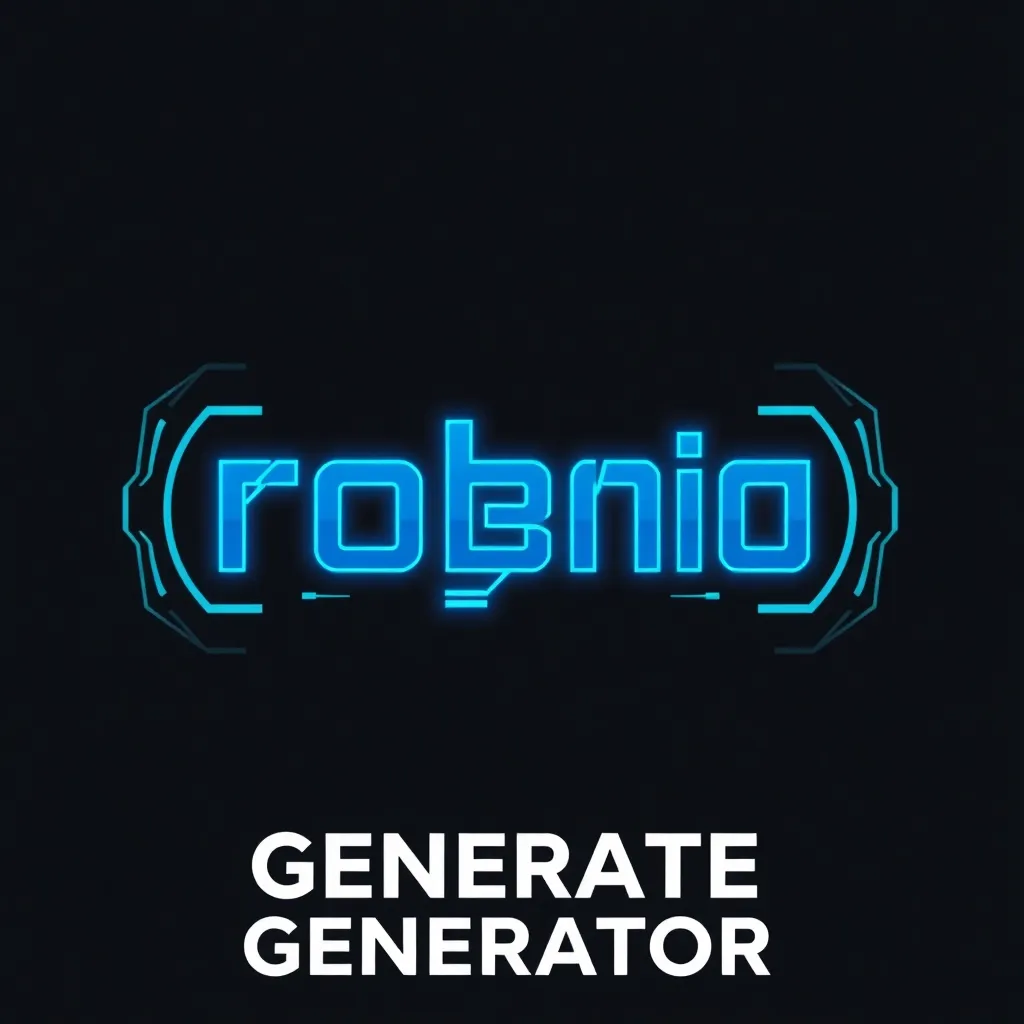
Robotic Font Generator
Generate distinctive robotic fonts for your futuristic designs.
Robotic Font Generator
What is the Robotic Font Generator?
The Robotic Font Generator is a tool that creates custom fonts inspired by robots, sci-fi, and futuristic technologies. It provides a unique way to add a technological edge to your text designs.
Customizable Fonts
Create fonts with specific attributes like thickness, slant, and level of robotic detailing.
Sci-Fi Influence
Generate text styles reminiscent of popular science fiction aesthetics from movies to video games.
Ease of Use
Produce complex, robotic-style fonts quickly and easily, even without any specialized graphic design knowledge.
Versatility
Designed for a variety of applications including web design, video game development, and graphical art projects.
How to Generate a Robotic Font
Follow these simple steps to get your desired robotic font:
Input Preferences
Enter your parameters for the font's distinct robotic features such as style, thickness, slant etc.
Generate Font
Click the generate button to create your automated robotic font.
Review and Refine
Assess the output and refine inputs to tailor fonts to perfection. Then copy and use it wherever you want!
Robotic Font Generator: More Than Just a Glitch in the Matrix
This AI-powered generator isn’t just about creating fancy text; it’s about channeling the aesthetic of robotic interfaces, dystopian futures, and the cold precision of machines. Think data streams, glitch art, cybernetics, and that underlying tension between human and artificial intelligence – all distilled into a single character.
The “Robotic Font Generator” leverages machine learning algorithms to dissect and reconstruct existing fonts, infusing them with characteristics commonly associated with robotic systems and futuristic visuals. It can introduce:
- Angularity: Replacing curves with harsh corners for a more mechanical feel.
- Fragmentation: Simulating glitches and disruptions in data transmission.
- Geometric Simplification: Reducing letters to their core geometric shapes, echoing the modularity of robots.
- Code-Inspired Aesthetics: Incorporating patterns and characters resembling binary code or programming languages.
This makes it not just a fun toy, but potentially useful for creating logos, titles, and graphic elements for projects with a technological or sci-fi theme. Think game development, electronic music promotion, cyber security marketing, or just spicing up your social media presence.
Iconic References and Their Backstories
| Element | Description | Origin/Backstory | Why it’s “robotic” |
|---|---|---|---|
| LCD Display Segmentation | Letters built with segmented vertical and horizontal lines. | Originally used in Liquid Crystal Displays (LCDs) because they are the simplest way to represent numeric and alphanumeric characters with minimal power and control circuitry. | Embodies early technology, simple output logic, and restricted pixel spaces that became synonymous with calculators and basic electronic devices frequently associated with rudimentary robotic systems. |
| Glitch/Data Corruption | Random “errors” with block corruption in the font and character distortion, resulting in incomplete forms. | Emerged with the rise of digital culture emphasizing the beauty in errors associated with damaged digital media, incomplete data transmissions and malfunctioning hardware. Representing the unexpected interruption in automated processes. | The idea that robots can be compromised by software or have physical “glitches.”. Corrupted characters are an indicator that somewhere along processing either communication channels are faulty or memory storage is corrupted preventing proper display. |
| Barcode Stripes | Simulating parts of characters resembling barcodes for easy machine decipherment. │ Barcodes originated in the late 1940s- 50’s but only took off in the 70s, primarily for quick reading and inventory in supply chain and the automatic system that allowed rapid data processing, automation for distribution of information | The association to AI is through autonomous robotic systems (for instance used in retail ) or automated systems through tracking and monitoring using standardized code that helps enable intelligent system decisions. | |
| Circuit Board Patterns | Characters appear almost interwoven as traces in the circuit. | The creation that allowed for miniaturization allowing the assembly of components into small footprints found in complex analog machinery enabling higher logic capabilities (that lead to AI development. | Reminiscent of hardware complexity. Circuit Pattern design is commonly associated or visualized on electronic devices including those used in robotics controlling and operating motors and sensors |
| Hexadecimal Color Codes within font itself | Implenenting “#” Symbol to describe a font through a CSS element code that the computer can decode for colors | Modern computer graphics and rendering relies heavily on color representations. With hex code it enables designers to precisely define and edit visuals based on code to programmatically set characteristics | Reminiscent of color specifications and precise and calculated display and aesthetic controls made by designers that the Computer decodes for us |
Relation Tools
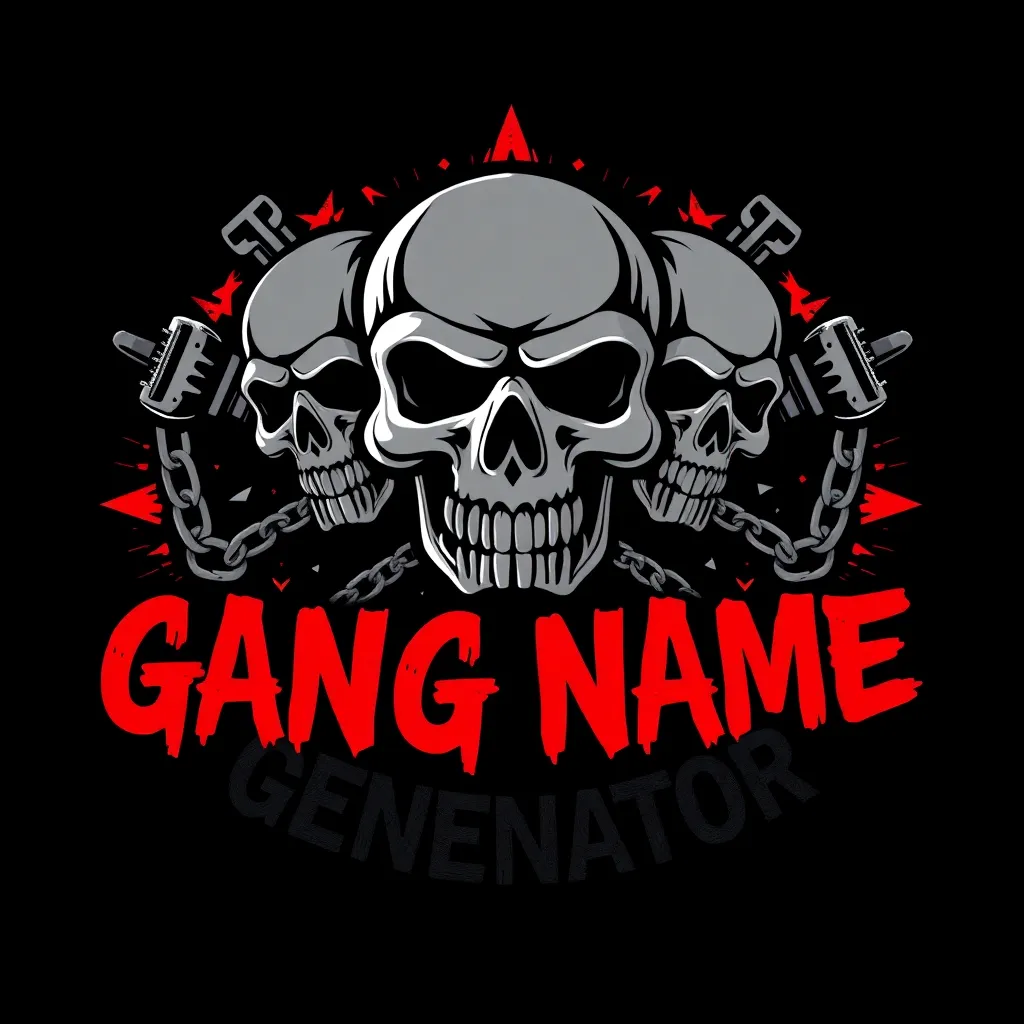
Gang Name Generator
Create the perfect name for your gang, whether for a story, game, or creative project. This generator will help you come up with a name that reflects strength, power, and influence.
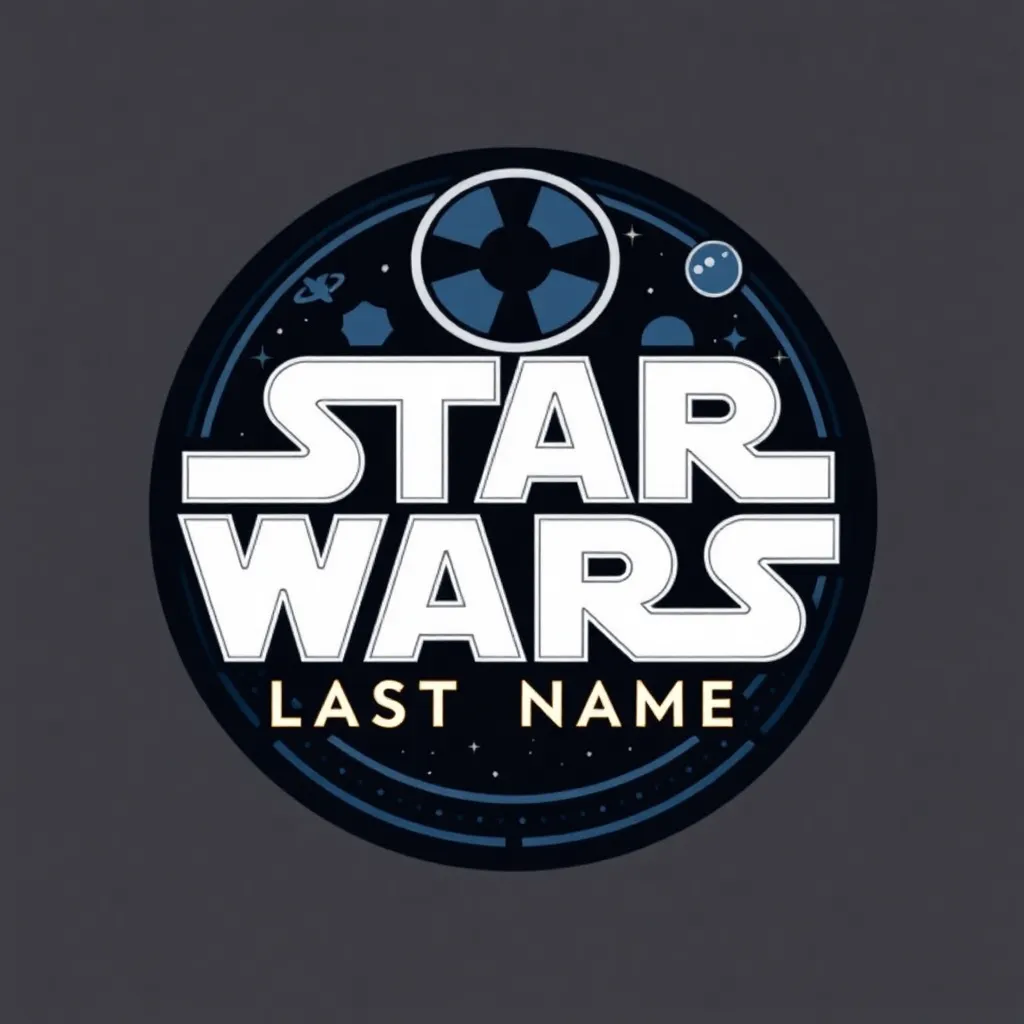
Star Wars Last Name Generator
Generate iconic Star Wars last names for your characters, whether they’re part of the Jedi Order, Sith Empire, or any of the many factions in the galaxy.
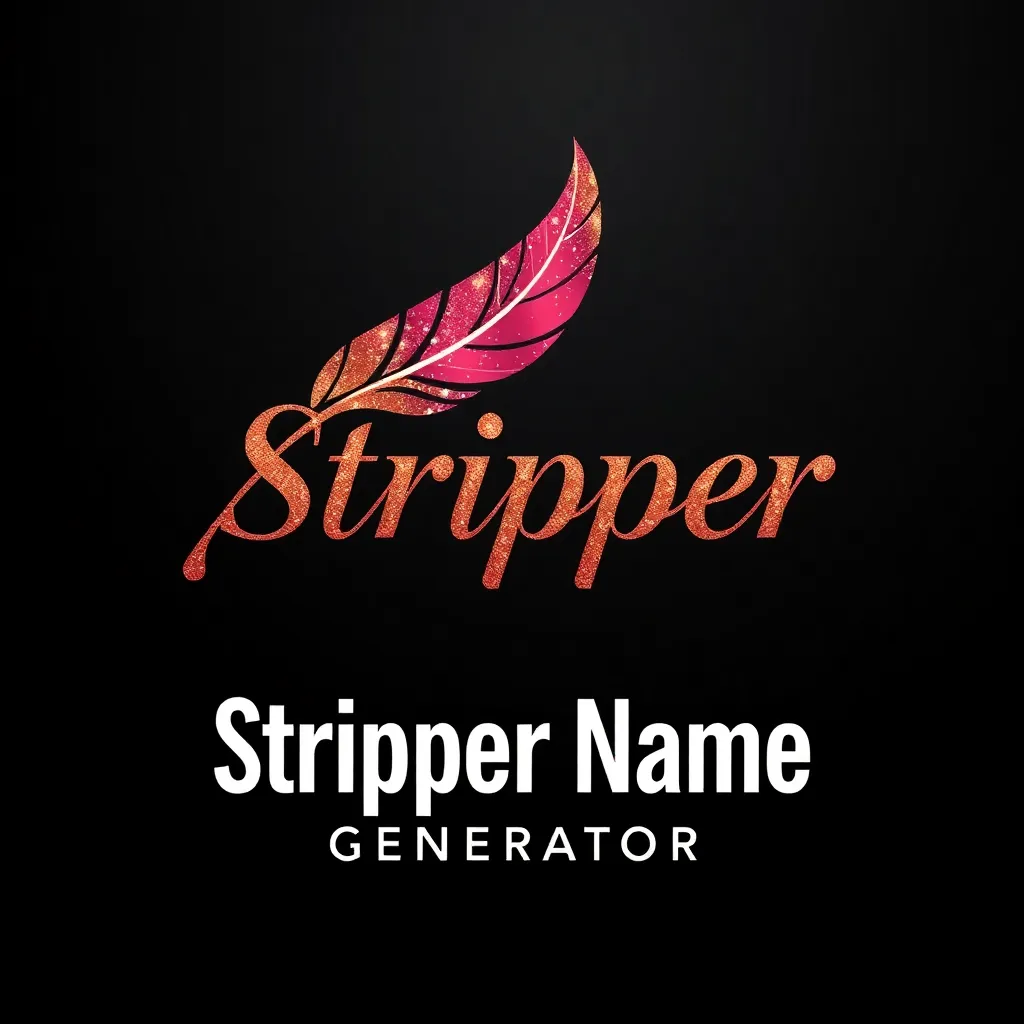
Stripper Name Generator
Unleash your inner performer with our Stripper Name Generator! Generate unique, alluring, and unforgettable names perfect for the stage.
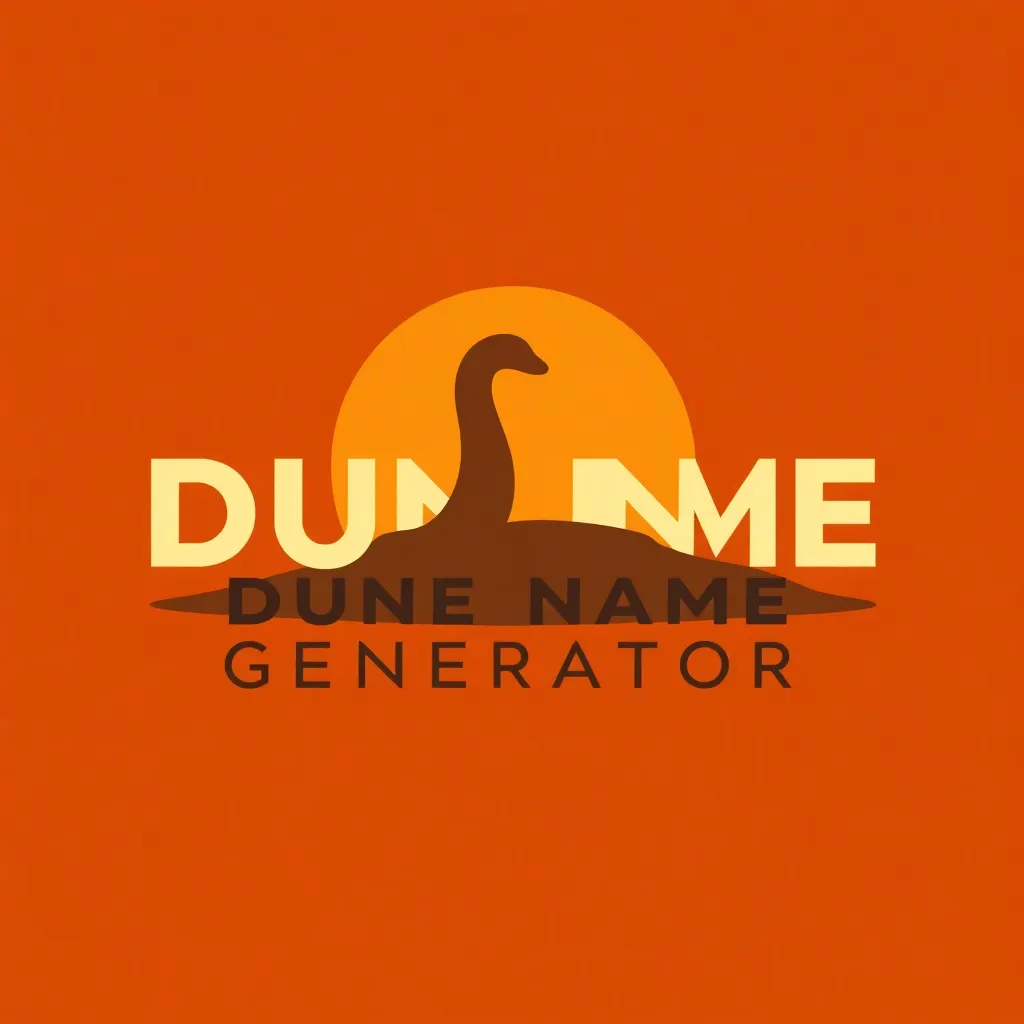
Dune Name Generator
Craft Authentic Names for Your Own Dune Universe
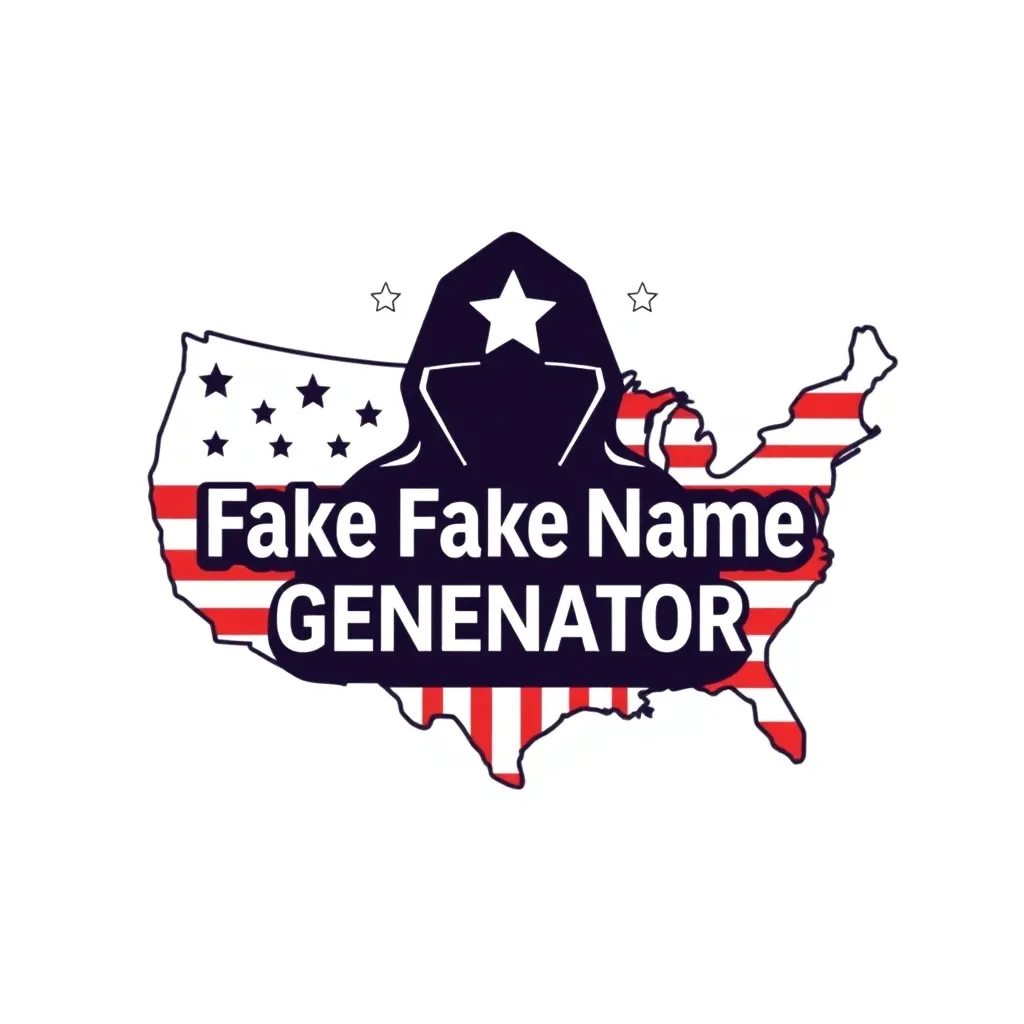
USA Fake Name Generator
Generate realistic-sounding fake names and identities for the United States.
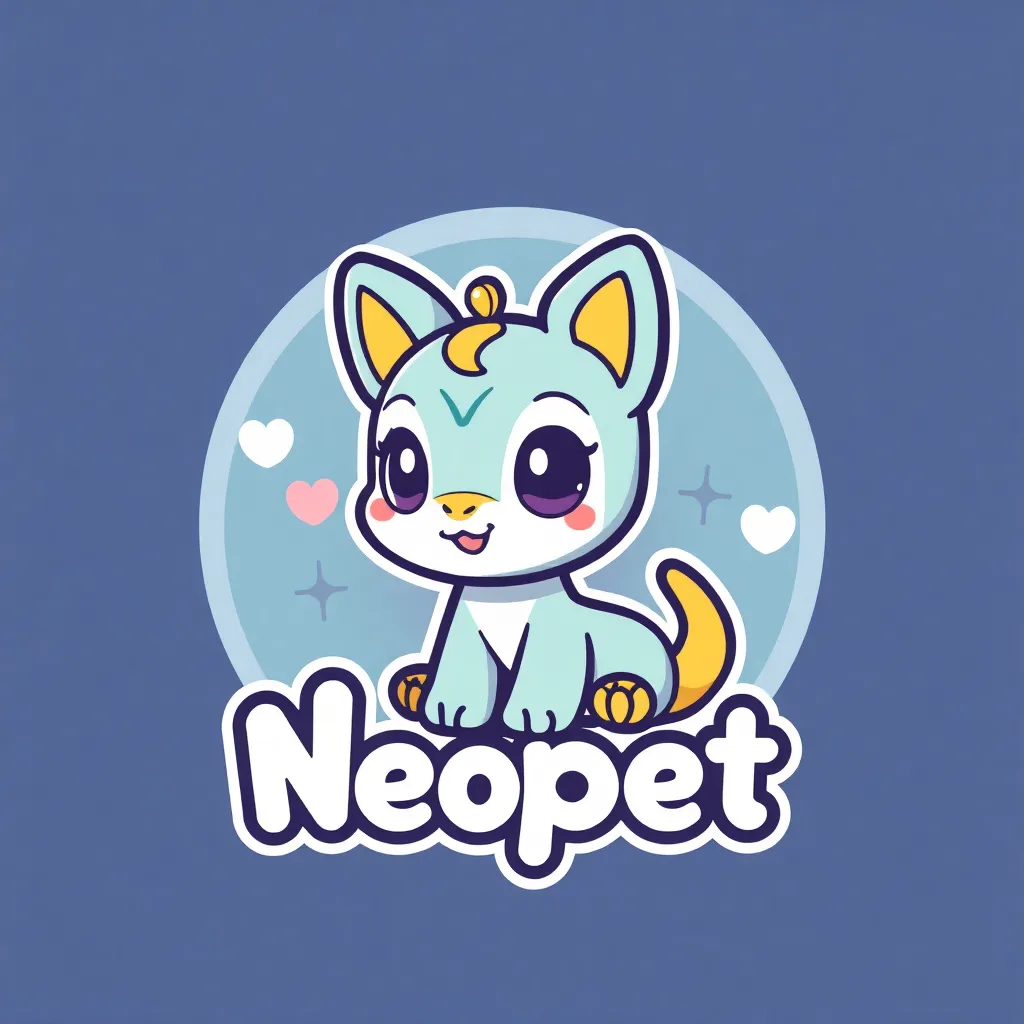
Neopet Name Generator
Generate the Perfect Name for Your Neopet!
Walking Team Names Generator
Find the Perfect Name for Your Walking Team!
Robotic Font Showcase
Examples of designs using our generated robotic fonts.
Game Interface Font
Cool robotic font example to use in your tech video games using unique generated fonts.
Robotic website font
Example of using tool to develop text related robotic visual arts media.
Logo development
Unique style of creating automated developed custom logo creations to be applied on robotic styled product line
Android advertisement font
Robotic text fonts with android stylized theme design.
Frequently Asked Questions
Find answers to common questions about generating robotic fonts.